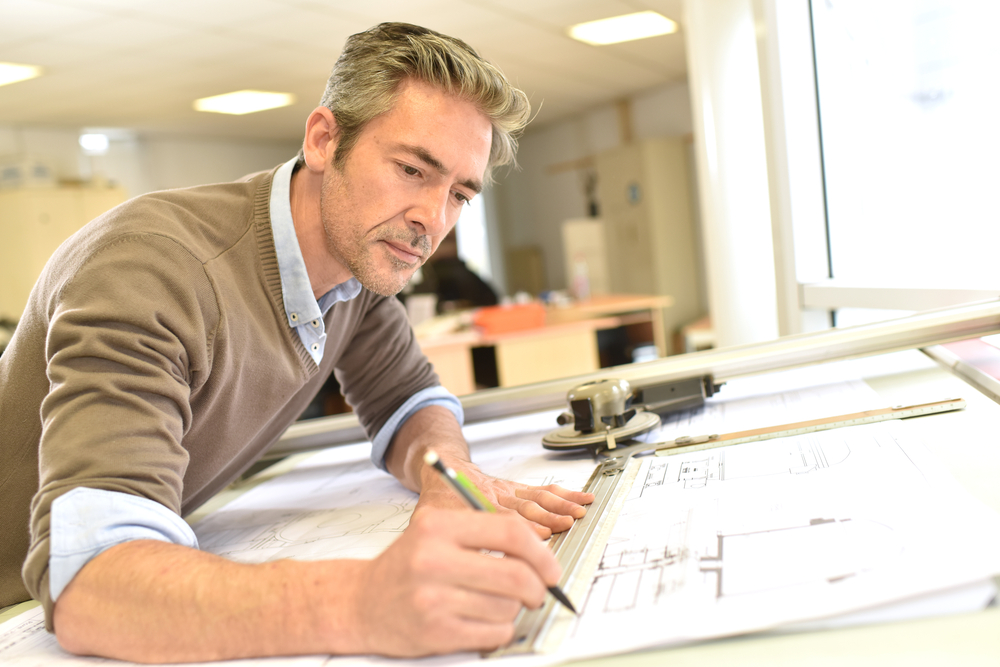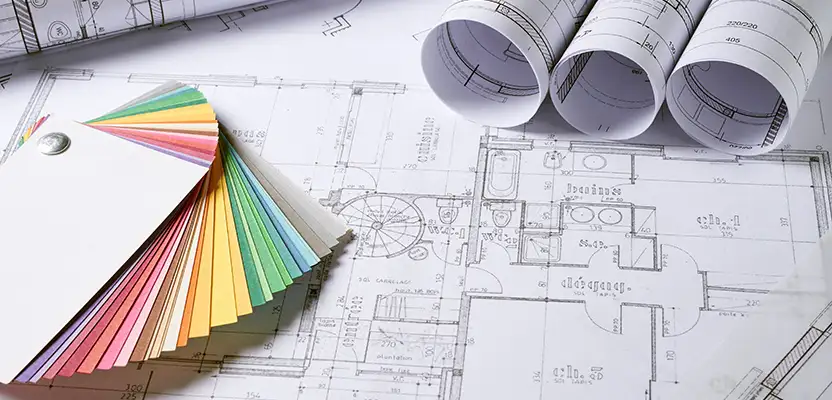Architect Hiring Guide for Homeowners and Builders
Architect Hiring Guide for Homeowners and Builders
Blog Article
Discover the Crucial Abilities and Qualities Every Architect Need To Have
As a designer, you understand that success in your field goes beyond just technological abilities. Each quality plays an essential role in your ability to develop areas that inspire and operate well.
Creativity and Innovation
Creativity and development are at the heart of design, driving the style of rooms that influence and work flawlessly. You'll regularly explore brand-new products, techniques, and innovations to improve your designs.
You'll also attract inspiration from numerous sources-- nature, art, and also day-to-day life can spark fresh ideas. This capability to blend creative thinking with functionality allows you to attend to intricate issues, ensuring your styles meet both aesthetic and functional demands.
Solid Communication Skills
While developing remarkable areas needs creativity, solid communication skills are equally as crucial for architects. You need to convey your ideas plainly to clients, service providers, and employee. Paying attention is simply as vital; understanding your customer's vision aids you produce styles that absolutely meet their needs.
You'll often need to clarify complex principles in a means that's simple to comprehend, whether you're offering a proposition or going over materials. Effective interaction fosters partnership, ensuring everyone gets on the very same page throughout the job.
Building relationships is essential, also. When you develop trust and connection, customers are most likely to share their problems and feedback, bring about far better results.
Lastly, do not take too lightly the power of body movement and visual help. They can enhance your message and make your presentations more interesting. Strong communication abilities not only boost your styles but also reinforce your expert connections in the building world.
Technical Effectiveness in Design Software
As you navigate the ever-evolving globe of architecture, grasping design software program becomes essential for translating your creative ideas right into concrete strategies. Familiarizing yourself with programs like AutoCAD, Revit, and SketchUp will not only boost your style capacities but additionally enhance your workflow. These tools permit you to produce detailed illustrations, 3D models, and even simulations that can help you visualize and provide your ideas better.
Frequently updating your skills and discovering new attributes can establish you apart from your peers, ensuring your designs are cutting-edge and specific. Inevitably, technical efficiency in style software application is a foundation of successful architecture, assisting you bring your visions to life.
Recognizing of Design Principles

Understanding design principles also allows you to expect possible challenges early in the style process. When you understand just how various products behave under various conditions, you can make educated selections that boost your layouts. Your styles should not just be cosmetically pleasing however likewise functional and sustainable.
Furthermore, a solid understanding of design principles allows you to innovate within restrictions. You can press imaginative borders while still adhering to safety and security requirements. Eventually, this understanding enhances your building technique and establishes you apart in a competitive field.
Project Management Talents
Effective job management capabilities are crucial for engineers, allowing you to manage all elements of a project from perception to completion. You'll require to collaborate with different stakeholders, including service providers, designers, and customers, making sure everybody's on the same web page. Establishing clear objectives, timelines, and budget plans is fundamental; it aids you maintain the job on the right track and within extent.
As a designer, you ought to also be adept at danger management, recognizing potential problems prior to they rise. Solid interaction skills are necessary, permitting you to express your vision and encourage your group. You'll take advantage of being arranged and detail-oriented, as this helps simplify processes and avoid costly delays.
In addition, adaptability is key; tasks commonly advance, and being flexible permits you to react effectively to adjustments. Inevitably, your task management skills can significantly affect the success of your architectural ventures, ensuring you supply top quality results promptly and within budget plan.
Focus to Information
While managing tasks is crucial, your focus to detail can make a considerable distinction in the high quality of your job. Every line you draw, every product you select, and every tiny spec you keep in mind adds to the overall success of a task. You need to be careful, guaranteeing that your layouts not only meet visual standards but likewise comply with building codes and policies.
This vigilance not just conserves you time and sources yet additionally builds your reputation as a trustworthy Architect. Embrace this ability, and allow it guide your style process, making sure that your vision is performed faultlessly.
Versatility and Problem-Solving Skills
As an engineer, you'll usually encounter unexpected adjustments in layout and project needs. Your ability to accept these shifts and find innovative remedies is essential for success. Remaining versatile in your approach not just improves your analytical abilities but also keeps your jobs original site on track.
Accepting Modification in Style
Accepting modification in design is vital for architects, specifically when guiding evolving client needs and arising technologies. You need to cultivate versatility, as projects usually shift direction based on new insights or restraints. Being open to change enables you to explore ingenious methods and create solutions that resonate with your customers.
When encountered with difficulties, your my company analytic skills enter play. You'll usually need to reconsider principles and change intend on the fly, making sure that the final end result straightens with the client's vision while fulfilling safety and security and governing criteria. By being clever and versatile, you not only improve your designs yet also develop trust with your customers, showing that you can navigate the intricacies of contemporary architecture effectively.
Innovative Solutions to Obstacles

Adaptability in Job Administration
While navigating the complexities of task management, versatility ends up being a vital asset for designers. You'll often deal with unforeseen obstacles, from style adjustments to budget restraints, needing quick thinking and versatility. Embracing change allows you my latest blog post to pivot your strategies and find ingenious remedies, guaranteeing project success.
Strong analytical skills are crucial; they allow you to examine situations, evaluate choices, and apply reliable solutions on the fly. When dealing with diverse groups, being open to feedback and alternate ideas promotes collaboration and sparks imagination.
Regularly Asked Questions
What Educational Background Is Required to Become an Architect?
To come to be an architect, you'll require at least a professional level in architecture, commonly a Bachelor's or Master's. Obtaining and finishing an internship licensure via exams is vital for your occupation improvement.
How Vital Is Networking in the Design Field?
Networking's essential in design. It aids you build connections, uncover job chances, and gain understandings from experienced experts. By getting in touch with others, you boost your career potential customers and remain upgraded on industry trends and advancements.
What Are the Typical Job Paths for Architects?
Common career paths for designers consist of layout duties in companies, task management, urban planning, and specialized areas like sustainable architecture. Architect. You may likewise discover teaching or consulting, depending on your passions and experiences
How Can Designers Stay Upgraded With Industry Fads?
To remain updated with market trends, you must on a regular basis attend conferences, join professional organizations, register for pertinent magazines, and engage with online forums. Connecting with peers additionally aids you get understandings into emerging developments in architecture.
What Function Does Sustainability Play in Modern Architecture?
Sustainability shapes modern-day style by highlighting energy efficiency, resource preservation, and green products. You'll produce spaces that decrease ecological impact, enhance owner wellness, and respond to climate challenges, making your styles extra appropriate and impactful.
While making exceptional rooms needs imagination, solid interaction skills are simply as critical for designers. Strong communication skills not just raise your designs however also reinforce your expert partnerships in the architectural globe.
Efficiency in layout software application lays the foundation for a deeper understanding of design principles, which is crucial for designers.As an engineer, you'll typically face unforeseen changes in style and task demands.Welcoming change in style is crucial for designers, specifically when steering developing client demands and emerging modern technologies.
Report this page